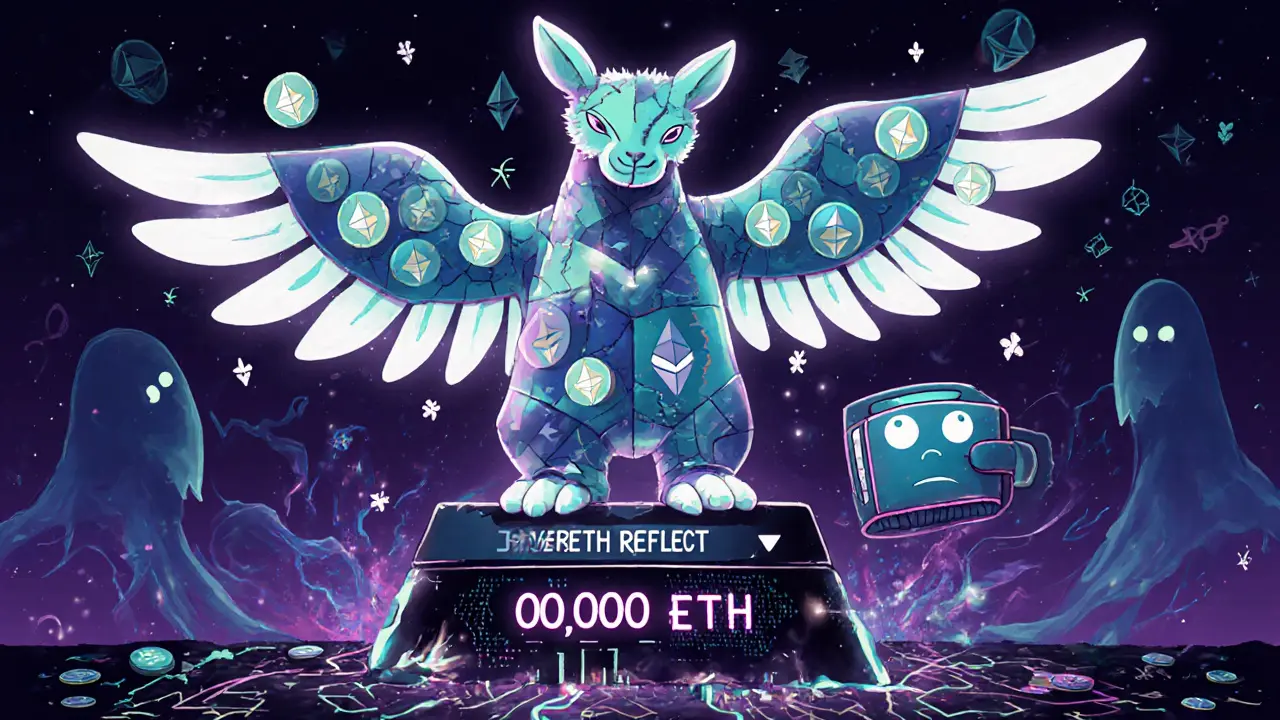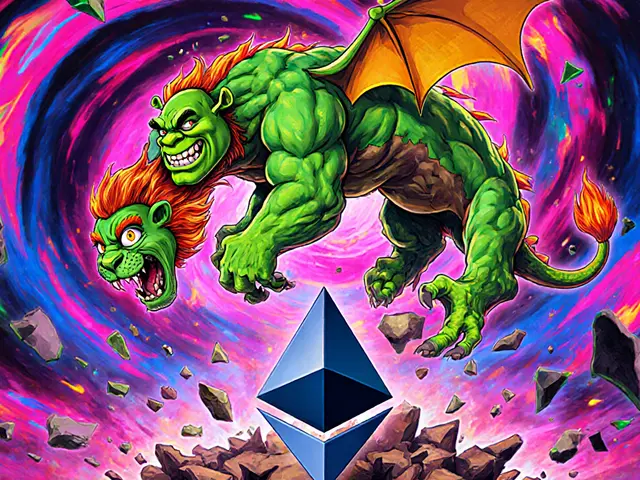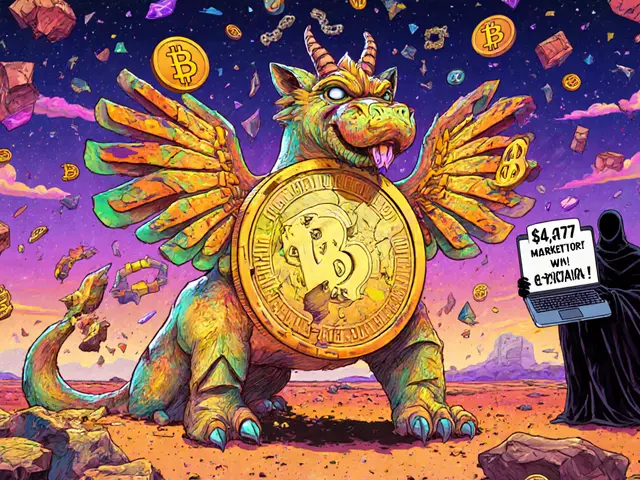EVERETH Coin: What It Is, Why It Matters, and What You Should Know
When you hear EVERETH coin, a token claiming ties to the Ethereum blockchain. Also known as Ethereum-based token, it’s often listed as a potential DeFi asset—but real data shows almost no trading volume, no active development, and no clear team behind it. Unlike Ethereum itself, which powers millions of transactions daily, EVERETH doesn’t enable smart contracts, staking, or decentralized apps. It’s not listed on major exchanges. It doesn’t appear in wallet tracking tools like Etherscan with meaningful activity. And yet, it pops up in search results, airdrop scams, and low-quality crypto forums.
This isn’t unusual. The crypto space is full of tokens that borrow names from big names like Ethereum to seem legitimate. Ethereum, the second-largest blockchain by market cap and the foundation for most DeFi projects has real utility: it runs decentralized exchanges, lending platforms, and NFT markets. Decentralized finance, a system that replaces banks with open-source code relies on transparent, audited tokens with active communities. EVERETH has none of that. It doesn’t enable DeFi. It doesn’t offer governance. It doesn’t even have a whitepaper anyone can verify.
Most tokens like EVERETH are created in minutes using free tools on platforms like BSC or Ethereum testnets. They’re dumped into low-liquidity pools, hyped with fake social media accounts, then abandoned within weeks. You’ll find them in posts about "hidden gems" or "next 1000x coins," but those posts are almost always written by people trying to pump and dump. Real crypto projects don’t hide their teams. They don’t promise returns. They build tools people use.
The posts below cover exactly this kind of situation. You’ll find deep dives into tokens that looked promising but vanished—like AmpleSwap, Franklin, and BSClaunch. You’ll see how airdrops like LACE and CryptoTycoon were never real. You’ll learn how to spot the difference between a token with actual code behind it and one that’s just a name slapped onto a blockchain. These aren’t theory pieces. They’re forensic breakdowns based on on-chain data, exchange listings, and community activity—or the complete lack of it.
If you’re holding EVERETH or considering buying it, ask yourself: who built this? Who’s maintaining it? Where is it traded? The answers will almost always be: no one, no one, and nowhere. That’s not a mistake. That’s the pattern. And the posts here are your guide to recognizing it before you lose money.










